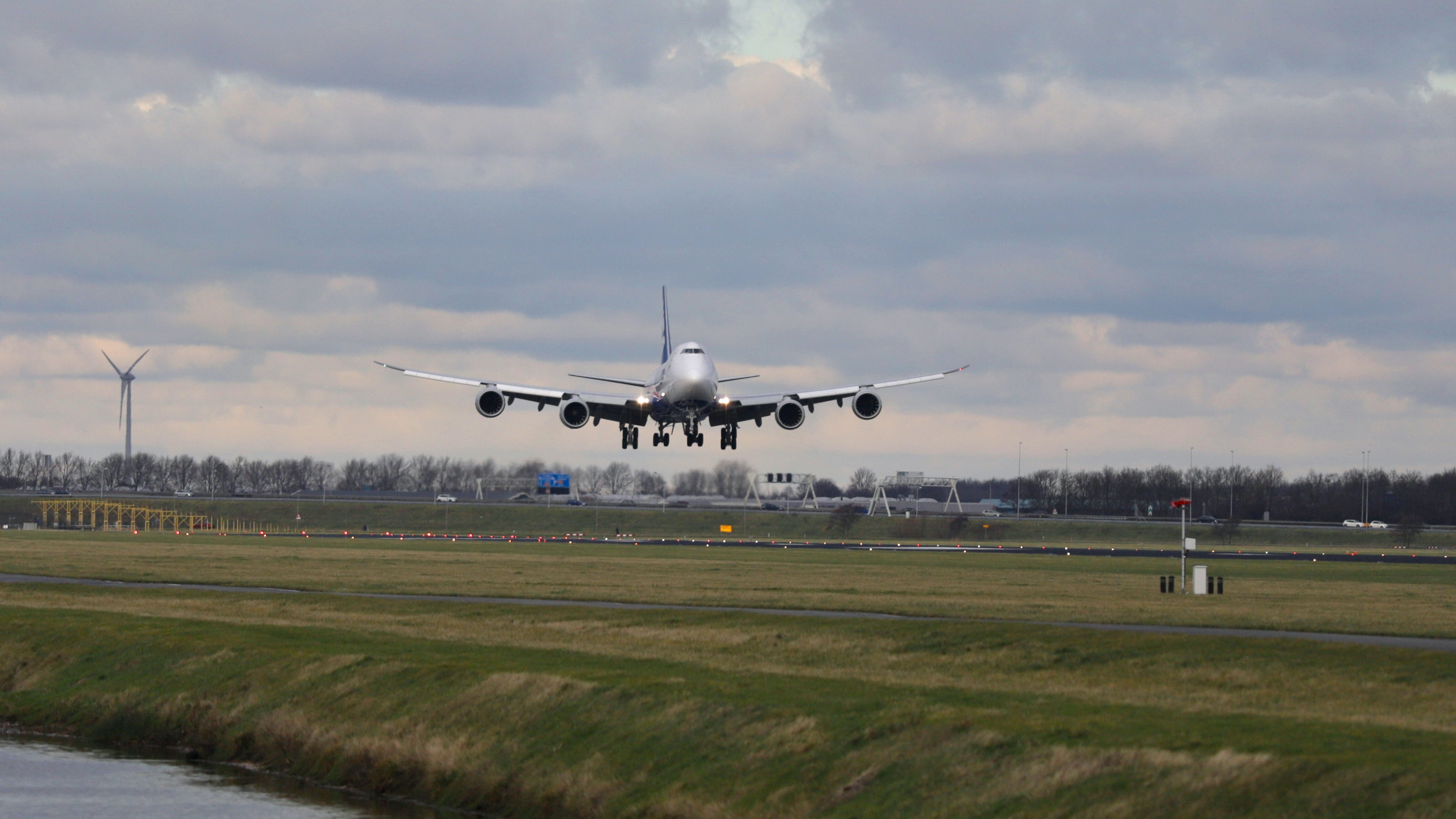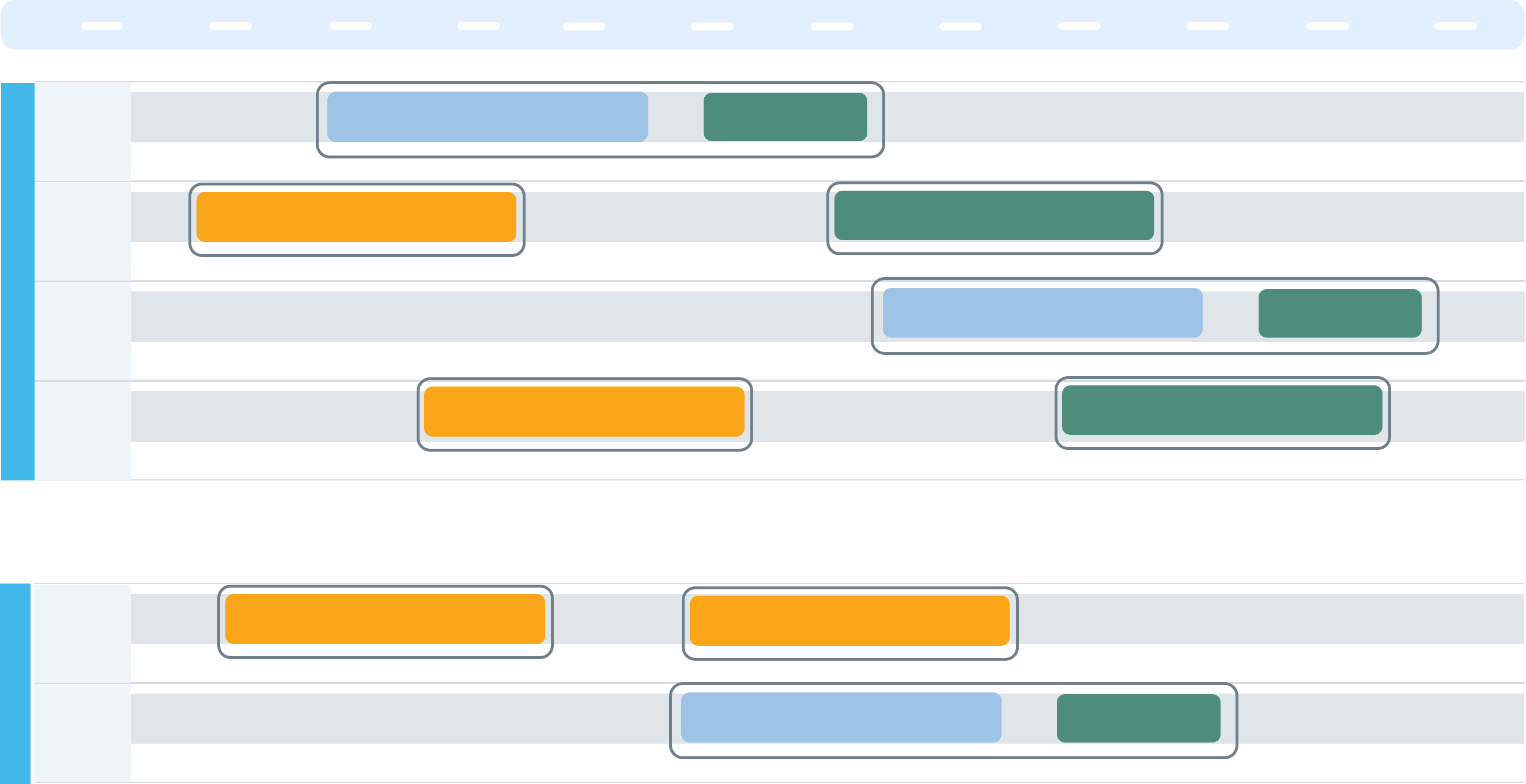Optimizing the Uplift Schedule
LimeFlight’s RouteOptimization

Point-to-point flights offer passengers the most direct route from A to B. However, uplifting inflight supplies is much more complicated without a primary hub and, if done poorly, leads to dissatisfied customers, excessive waste, and high costs. LimeFlight eliminates this complexity by identifying the optimal locations to restock aircraft.
Choosing the appropriate location to uplift the supplies for a successful inflight service is difficult for airlines operating a point-to-point model or multiple hubs. The task depends on many factors and is often so complicated that inefficient shortcuts are chosen. Take the following challenge, for example:
If a flight departs Atlanta at 6:30 a.m., lands in Seattle at 2 p.m. and, after a one-hour layover, continues to Fairbanks before returning to Atlanta, where should the aircraft be loaded with inflight catering supplies?
…and what happens if:
- Atlanta and Seattle have 24-hour catering facilities, but Fairbanks does not, should the aircraft be loaded in both Atlanta and Seattle?
- The minimum time for replenishment is one hour, where would the uplift take place?
- The plane arrived in Atlanta from Miami via Los Angeles two hours earlier would this alter the decision?
The conventional tactic is to load the aircraft with enough supplies for the day and hope that this will be sufficient. At best, this is an educated guess; at worst, it is an expensive, unnecessary overstocking of the aircraft. On the one hand, too much inventory leads to excessive waste, affecting operating costs and profits. But, on the other hand, too little stock means unhappy guests who won't fly with the airline again.
The alternative is to fully replenish supplies at each stopover by replacing each trolley with a freshly filled one. However, this constant replenishment of supplies increases the time an aircraft must remain on the ground, requires the airline to pay for frequent uplifts, and relies on the availability of caterers.
Optimizing the Uplift Schedule
LimeFlight's RouteOptimization module takes information available to the airline, such as their flight movements, schedules, and catering facilities. Then, it combines these parameters with an algorithm that divides each aircraft's flight schedule into clusters. Each cluster represents a suitable group of flights that can be uplifted once, and single, double, or multi-legged catered. This grouping of flights provides the optimal location for replenishing each aircraft's supplies.

Two Routes to Optimization
There are two ways an airline can use RouteOptimization. Both serve the airline's interests but depend on its specific situation, goals, and objectives.
The Financial Incentive
When an aircraft lands, loading catering for the following flight costs time and money. RouteOptimization solves this problem by informing the catering manager how many stopovers the aircraft can skip and specifies only the locations where replenishment is needed. As a result, flights can be double, or multi-legged catered to serve customers for multiple flights, reducing uplifting costs.
The Fuel Consumption Incentive
Airlines that intend to decrease their fuel burn can reduce the weight of their aircraft by replenishing their plane more frequently. The RouteOptimization module can be instructed to consider fuel consumption and only double or multi-leg cater when replenishment is impossible because there are no suppliers, or the turnaround time is too short.
An Optimal Future
LimeFlight's RouteOptimization module eliminates the complexity of identifying uplifting strategies and provides an understandable overview of the load and meal plans that should be assigned to which flight. The approach relieves the airline of an impossible task and guarantees that passengers receive the service they deserve without the risk of excessive waste and expenditure. Is your airline's uplift schedule in need of optimization? Get in touch and learn how RouteOptimization can help you!




